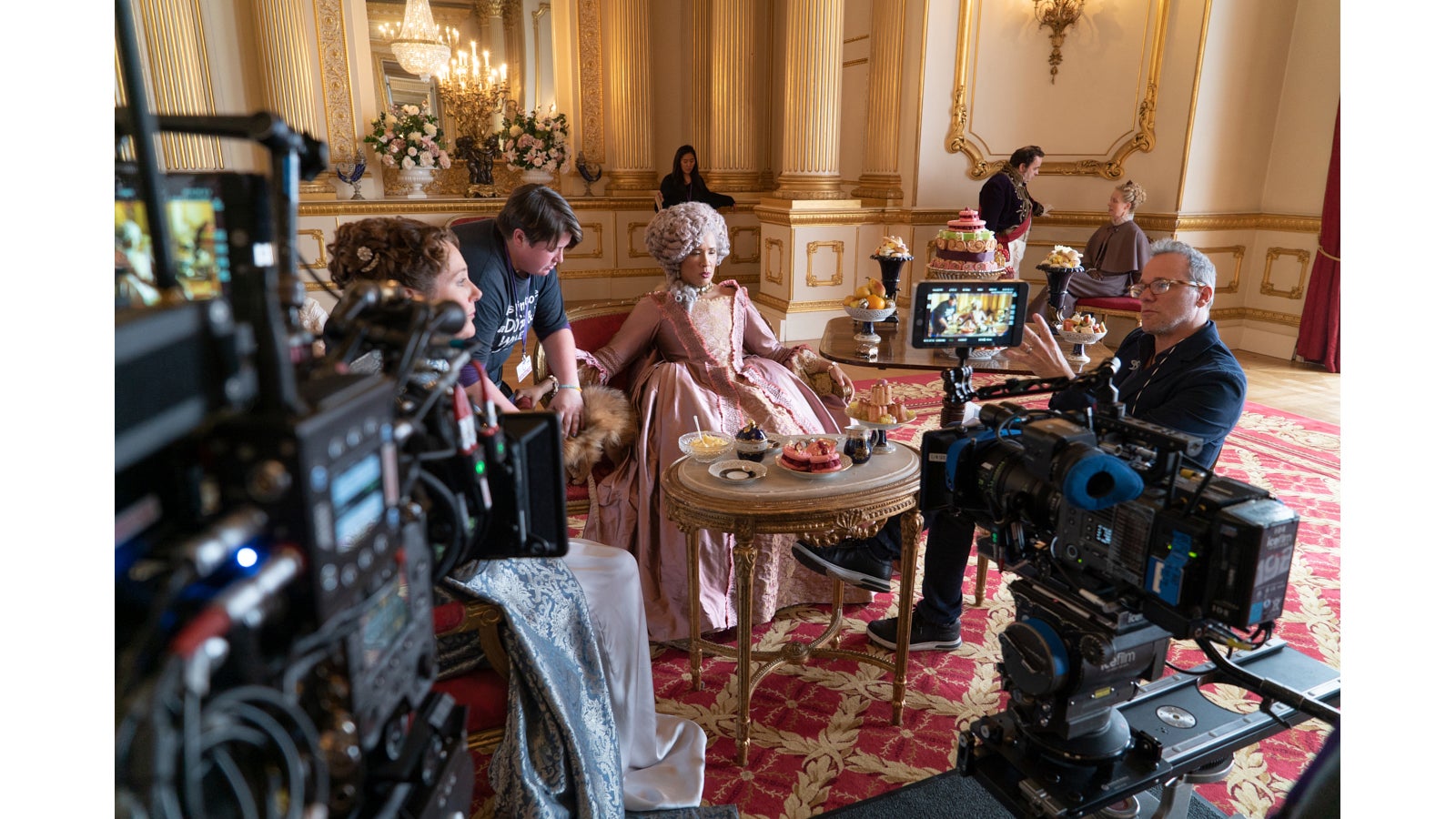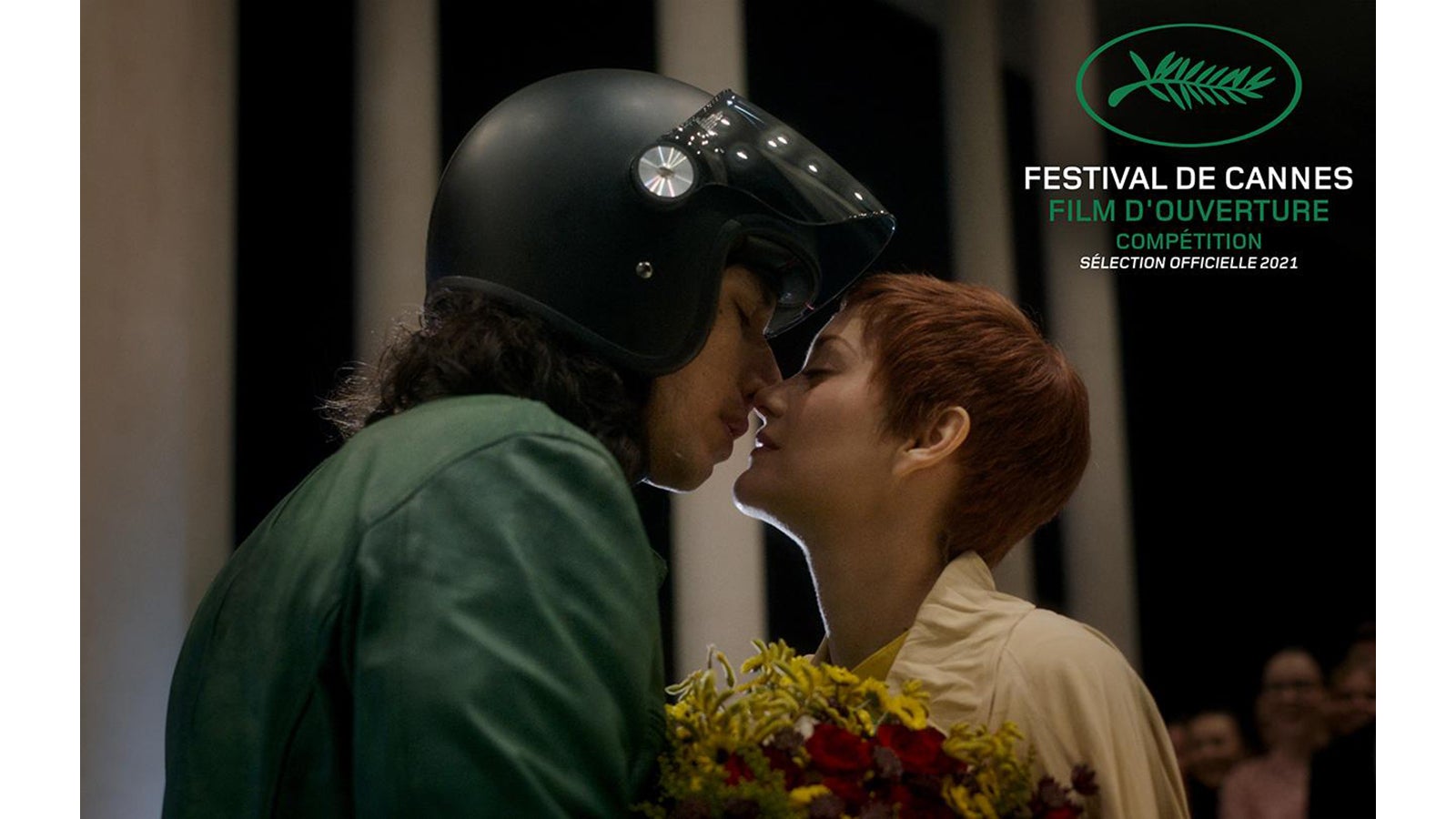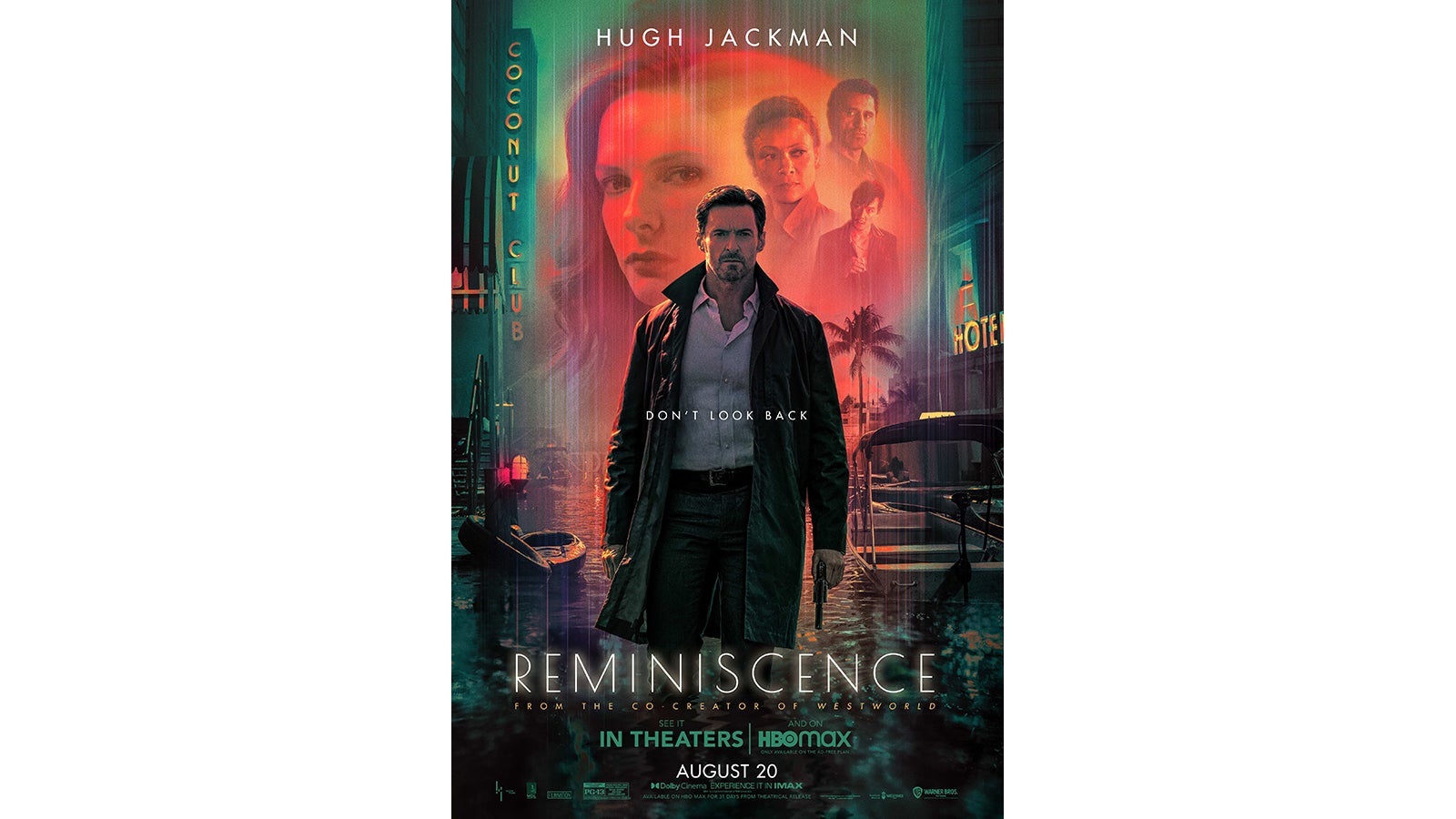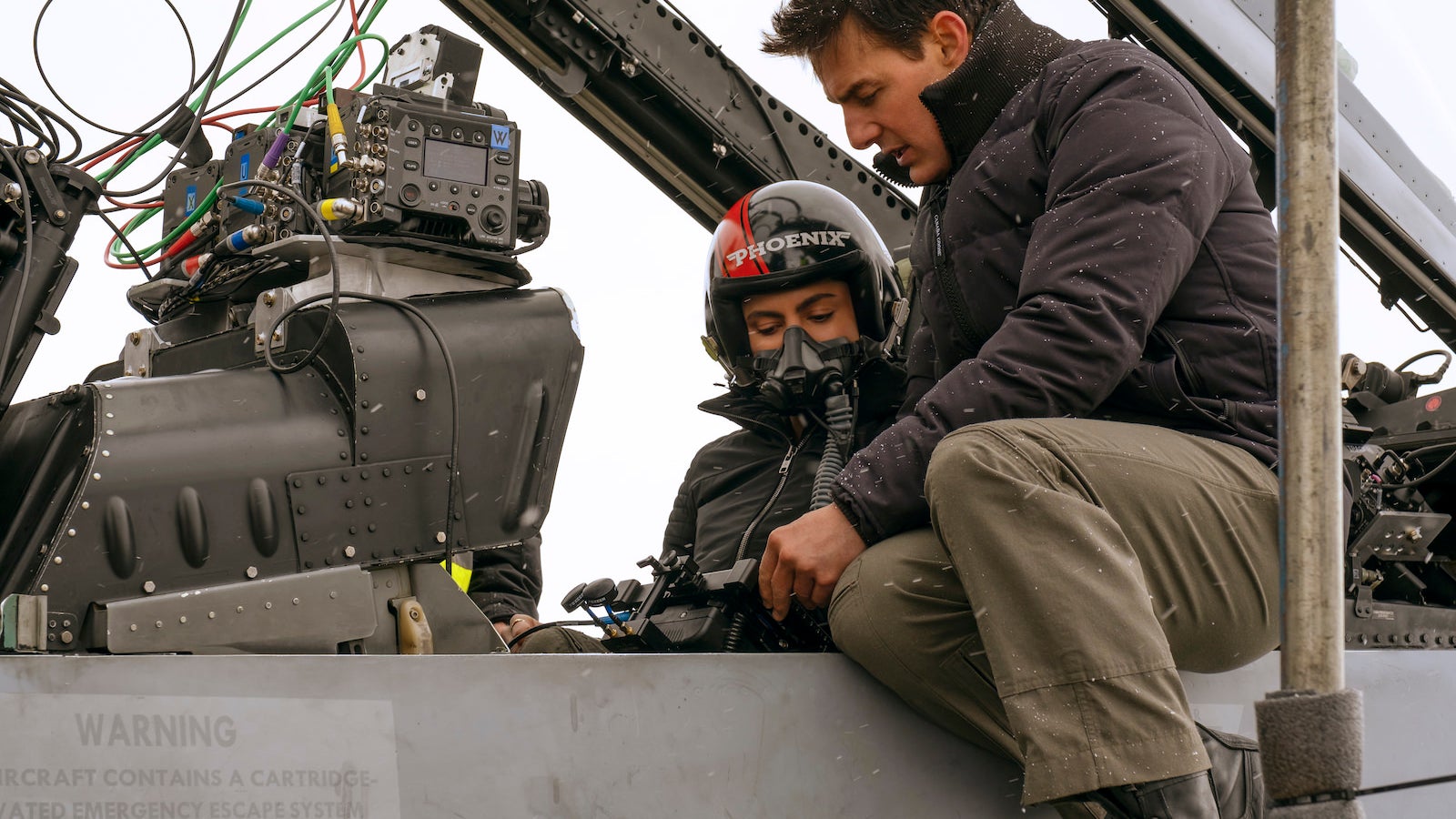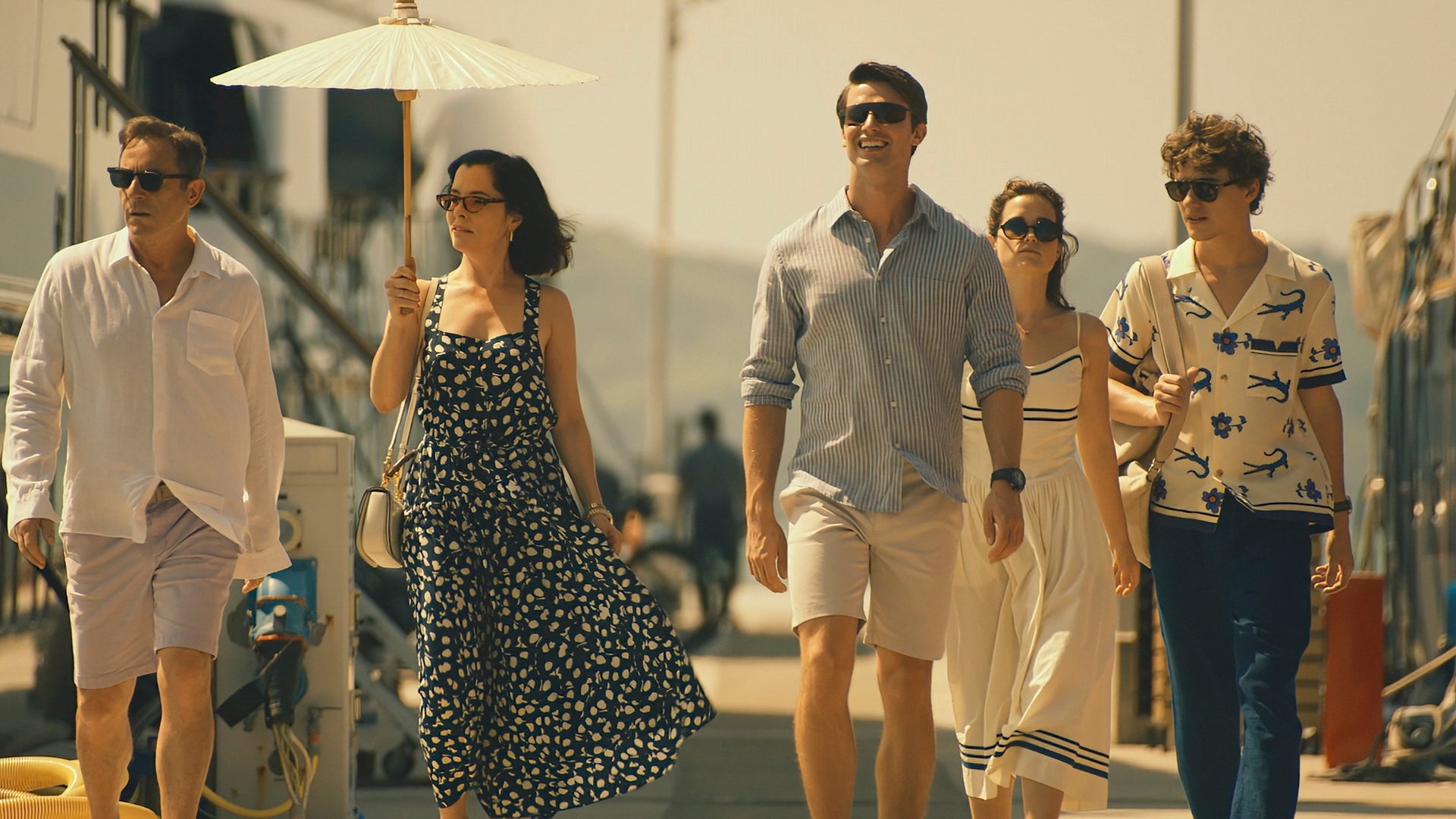
05-15-2025 - Filmmaker Interviews
White Lotus DP Ben Kutchins, ASC, Shares How Sony VENICE Made Season 3 a Reality
By: Yaroslav Altunin
Go behind the scenes of Season 3 of The White Lotus with award-winning Director of Photography Ben Kutchins, ASC. Kutchins shares his experience filming the hit series and explains how he elevated the look this season by going full frame with the help of the Sony VENICE and how he leveraged special lenses to alter the images as the season progressed.
